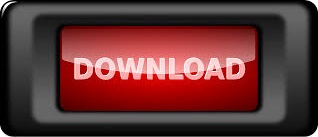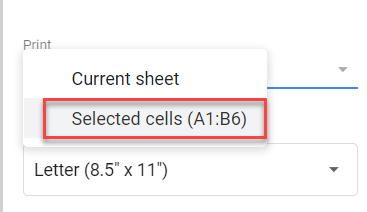

The same can be said for the “Margins” option, if you’re only printing a small section, it won’t make much difference, but if you’re trying to fit a lot of information on one page, you might want to set the margins to be smaller. If you’re only printing a fairly small section of your sheet like I am in this example, changing the “Scale” option won’t really make a difference, but if you’re printing a rather large section of your spreadsheet, you might want to adjust the “Scale” option to see what works best for you. You can also move the button around while it is on the edit mode (have rectangle line around).Depending on the shape and size of the section you selected, you might want to adjust some of the other settings before you continue.īy default, “Paper size” is set to “letter”, but as most printers print on A4 paper, you’ll probably want to change it to “A4”.Īnd by default, the “Page orientation” is set to “Landscape” which is often the best orientation for spreadsheets, but if you’ve selected a tall and skinny section, you might be better off setting it to “Portrait”. For this example, I change it to Print as shown in picture below. Now you can change it to the name as you want. The VB code will be saved under the Module that can be used on any sheet under this workbookĪfter you done with VB code and come back the Excel Sheet, a name of the button still shows the default name given by MS Excel. A Microsoft Visual Basic for Applications will open as shown below.

Drag and place the button on Excel sheet.Select a Button icon from the Form Controls section.Under the Developer Menu, click Insert icon.This How To will show the step by step below. We just need to add the VB code under the click event for this button. Some time we need a short cut to print the current screen by using just one click. It will print an active screen on current sheet after you click on Print button. In this How To, I will show how to create a Print button to print current screen. How to Create a Print button to print a screen


 0 kommentar(er)
0 kommentar(er)
